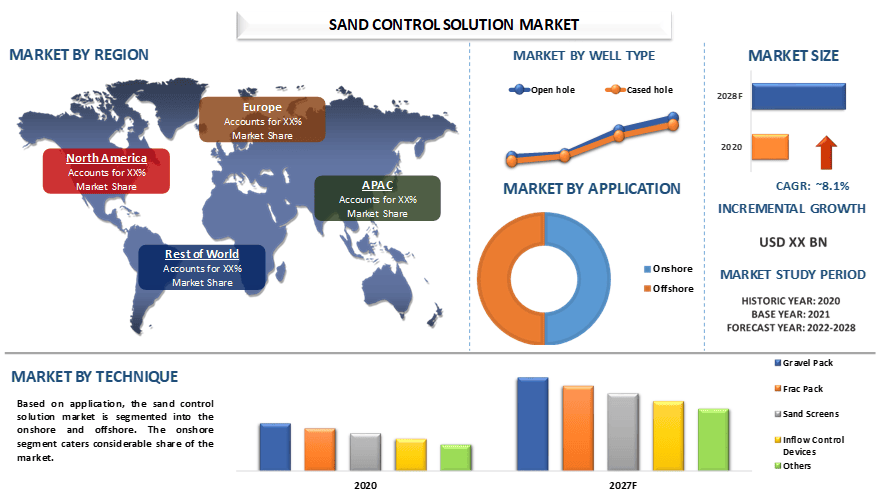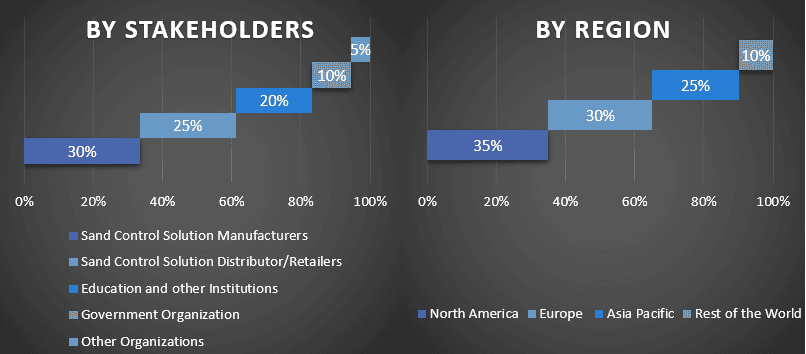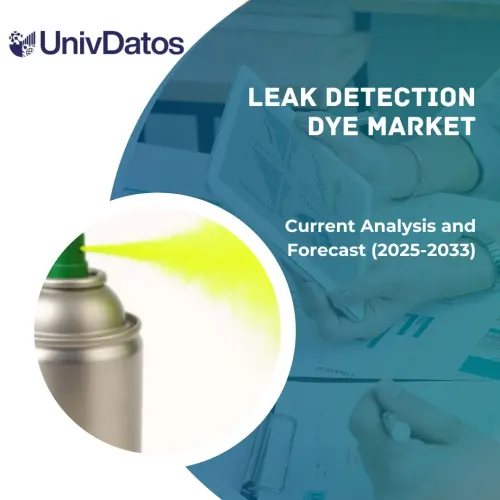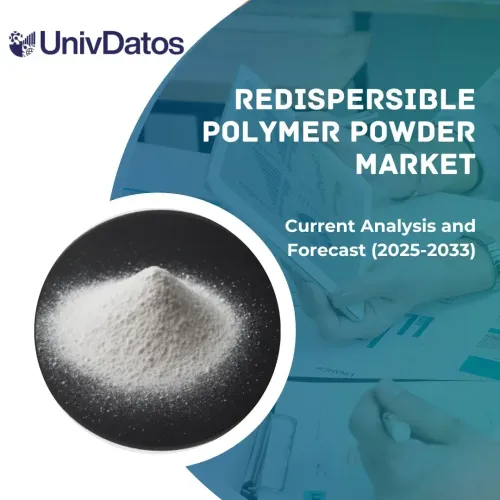- Home
- About Us
- Industry
- Services
- Reading
- Contact Us
Sand Control Solution Market: Current Analysis and Forecast (2022-2028)
Emphasis on Well Type (Open Hole and Cased Hole); Technique (Gravel Pack, Frac Pack, Sand Screens, Inflow Control Devices, And Others); Application (Onshore and Offshore); Region/Country

The global Sand control solution Market is expected to grow at a significant rate of around 8.1% during the forecast period. Sand control solution are lubricants that react with the metal surface at elevated temperature and pressure ambiance by forming a protective shield between metal surface which prevent metal surfaces from wearing under the boundary of lubrication condition. Sand control solution chemically reacts with the surface to form a low-shear-strength coating.
In addition, Antiwear additives are generally used under mild conditions of low loads and high speeds to reduce the rate of continuous and moderate wear. The additive helps coat the application surface to protect the metal from wear over time. Factors such as surging demand for sand control solutions across various end-user industries, especially automotive industries. Increasing automotive production with a growing fleet of vehicles is fueling the market growth, owing to its extensive consumption of gearboxes for the protection of its metal surfaces. Also, growing automotive production coupled with an increasing fleet of vehicles is the key factor in driving the market of anti-wear additives.
Chemtura Corporation, Evonik, Lubrizol, Infineum, Chevron Oronite, Vanderbilt Chemicals, Tianhe Chemicals Group, Afton Chemical Corporation, BASF, and Croda International.
Insights Presented in the Report
“Amongst well type, cased hole category to hold substantial share during the forecast period”
Based on the well type, the sand control solution market is classified into the open hole and cased hole. The cased hole segment caters substantial share of the market. Cased-hole sand control methods are more widely used due to technical reasons relating to the stability of the hole. In a cased-hole completion, production casing is set in the reservoir and ensures safe production operations. It also acts as a barrier and prevents solids, unwanted fluids, and gases from entering the wellbore. To achieve production, the casing and cement are perforated to allow the hydrocarbons to enter the well stream.
“Amongst application, onshore segment to hold a significant share in the market in 2020”
Based on application, the sand control solution market is segmented into the onshore and offshore. The onshore segment caters considerable share of the market. Gravel packs are mainly installed for onshore locations. Onshore locations involve the placing of these systems in the wellbore to filter sand during extraction. The growing demand in onshore applications shows increasing oil production from basins. Such factors are expected to boost the demand for the sand control solution market for the onshore application during the forecast period.
“Asia Pacific to hold a significant share in the market”
Asia Pacific is anticipated to grow at a substantial CAGR during the forecast period. This is mainly attributed to the growing population and rapid industrialization in growing economies, such as India and China, which are boosting the demand for fuel in the region. An increase in the number of drilling and completion activities, especially in Australia, Indonesia, Malaysia, and Myanmar, is likely to boost the market in the region during the forecast period.
Reasons to buy this report:
- The study includes market sizing and forecasting analysis validated by authenticated key industry experts.
- The report presents a quick review of overall industry performance at one glance.
- The report covers an in-depth analysis of prominent industry peers with a primary focus on key business financials, product portfolio, expansion strategies, and recent developments.
- Detailed examination of drivers, restraints, key trends, and opportunities prevailing in the industry.
- The study comprehensively covers the market across different segments.
- Deep dive regional level analysis of the industry.
Customization Options:
The global Sand control solution market can further be customized as per the requirement or any other market segment. Besides this, UMI understands that you may have your own business needs, hence feel free to connect with us to get a report that completely suits your requirements.
Table of Content
Research Methodology for the Sand Control Solution Market Analysis (2021-2027)
Analyzing the historical market, estimating the current market, and forecasting the future market of the global Sand control solution market were the three major steps undertaken to create and analyze the adoption of Sand control solution in major regions globally. Exhaustive secondary research was conducted to collect the historical market numbers and estimate the current market size. Secondly, to validate these insights, numerous findings and assumptions were taken into consideration. Moreover, exhaustive primary interviews were also conducted, with industry experts across the value chain of the global sand control solution market. Post assumption and validation of market numbers through primary interviews, we employed a top-down/bottom-up approach to forecasting the complete market size. Thereafter, market breakdown and data triangulation methods were adopted to estimate and analyze the market size of segments and sub-segments of the industry pertains to. Detailed methodology is explained below:
Analysis of Historical Market Size
Step 1: In-Depth Study of Secondary Sources:
Detail secondary study was conducted to obtain the historical market size of the Sand control solution market through company internal sources such as annual reports & financial statements, performance presentations, press releases, etc., and external sources including journals, news & articles, government publications, competitor publications, sector reports, third-party database, and other credible publications.
Step 2: Market Segmentation:
After obtaining the historical market size of the Sand control solution market, we conducted a detailed secondary analysis to gather historical market insights and share for different segments & sub-segments for major regions. Major segments are included in the report as a well type, technique, and applications. Further country-level analyses were conducted to evaluate the overall adoption of testing models in that region.
Step 3: Factor Analysis:
After acquiring the historical market size of different segments and sub-segments, we conducted a detailed factor analysis to estimate the current market size of the Sand control solution market. Further, we conducted factor analysis using dependent and independent variables such as various well type, technique, and applications. A thorough analysis was conducted for demand and supply-side scenarios considering top partnerships, mergers and acquisitions, business expansion, and product launches in the Sand control solution market sector across the globe.
Current Market Size Estimate & Forecast
Current Market Sizing: Based on actionable insights from the above 3 steps, we arrived at the current market size, key players in the global Sand control solution market, and market shares of the segments. All the required percentage shares split, and market breakdowns were determined using the above-mentioned secondary approach and were verified through primary interviews.
Estimation & Forecasting: For market estimation and forecast, weights were assigned to different factors including drivers & trends, restraints, and opportunities available for the stakeholders. After analyzing these factors, relevant forecasting techniques i.e., the top-down/bottom-up approach were applied to arrive at the market forecast for 2027 for different segments and sub-segments across the major markets globally. The research methodology adopted to estimate the market size encompasses:
- The industry’s market size, in terms of revenue (USD) and the adoption rate of the Sand control solution market across the major markets domestically
- All percentage shares, splits, and breakdowns of market segments and sub-segments
- Key players in the global Sand control solution market in terms of the product offered. Also, the growth strategies adopted by these players to compete in the fast-growing market
Market Size and Share Validation
Primary Research: In-depth interviews were conducted with the Key Opinion Leaders (KOLs) including Top Level Executives (CXO/VPs, Sales Head, Marketing Head, Operational Head, Regional Head, Country Head, etc.) across major regions. Primary research findings were then summarized, and statistical analysis was performed to prove the stated hypothesis. Inputs from primary research were consolidated with secondary findings, hence turning information into actionable insights.
Split of Primary Participants in Different Regions

Market Engineering
The data triangulation technique was employed to complete the overall market estimation and to arrive at precise statistical numbers for each segment and sub-segment of the global Sand control solution market. Data was split into several segments & sub-segments post studying various parameters and trends in the areas of well type, technique, and applications in the global Sand control solution market.
The main objective of the Global Sand control solution Market Study
The current & future market trends of the global sand control solution market were pinpointed in the study. Investors can gain strategic insights to base their discretion for investments on the qualitative and quantitative analysis performed in the study. Current and future market trends determined the overall attractiveness of the market at a regional level, providing a platform for the industrial participant to exploit the untapped market to benefit from a first-mover advantage. Other quantitative goals of the studies include:
- Analyze the current and forecast market size of the Sand control solution market in terms of value (USD). Also, analyze the current and forecast market size of different segments and sub-segments
- Segments in the study include areas of type of well type, technique, and applications.
- Define and analysis of the regulatory framework for the Sand control solution
- Analyze the value chain involved with the presence of various intermediaries, along with analyzing customer and competitor behaviors of the industry.
- Analyze the current and forecast market size of the Sand control solution market for the major region.
- Major countries of regions studied in the report include Asia Pacific, Europe, North America, and the Rest of the World.
- Company profiles of the Sand control solution market and the growth strategies adopted by the market players to sustain in the fast-growing market
- Deep dive regional level analysis of the industry
Related Reports
Customers who bought this item also bought










